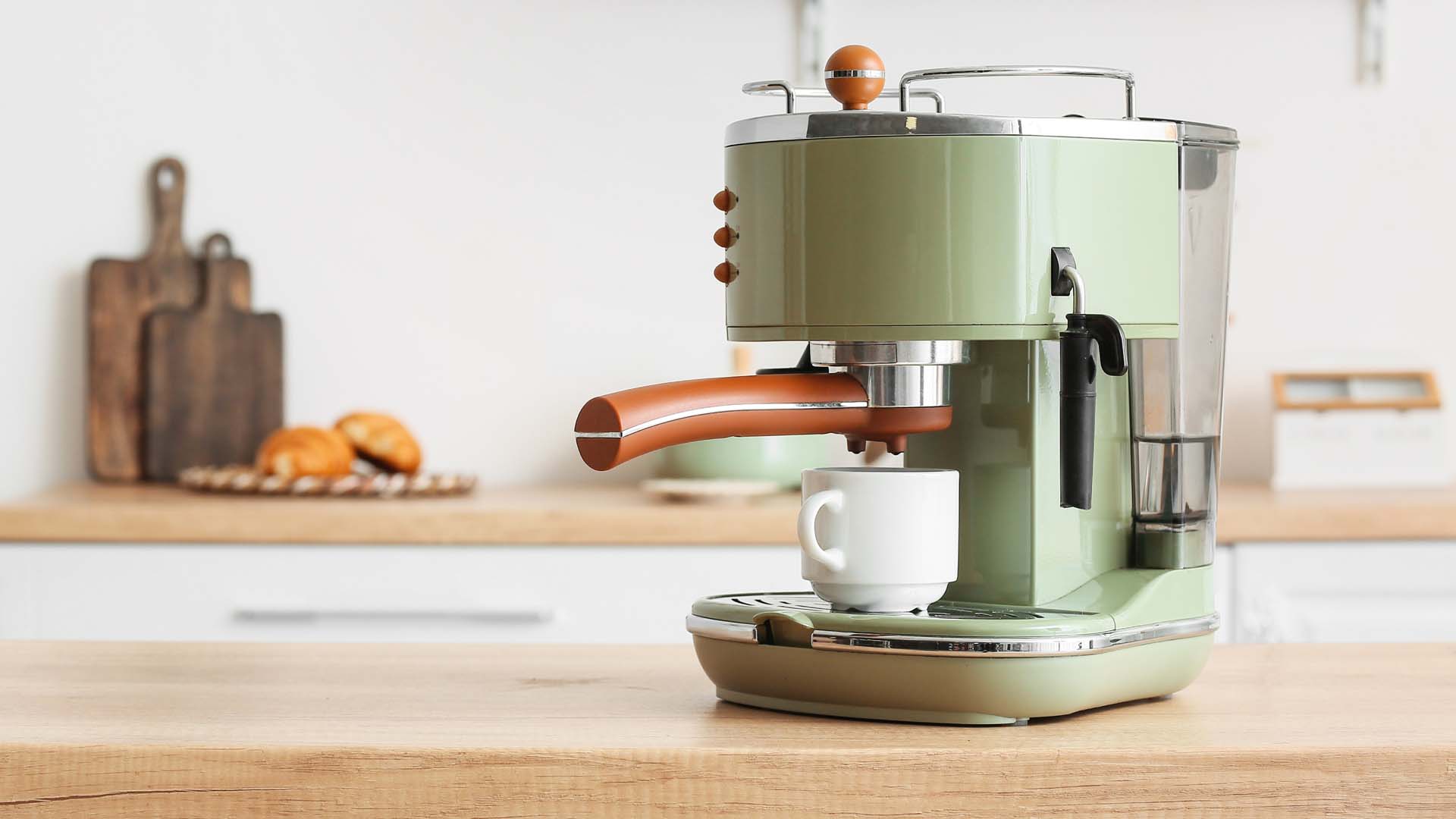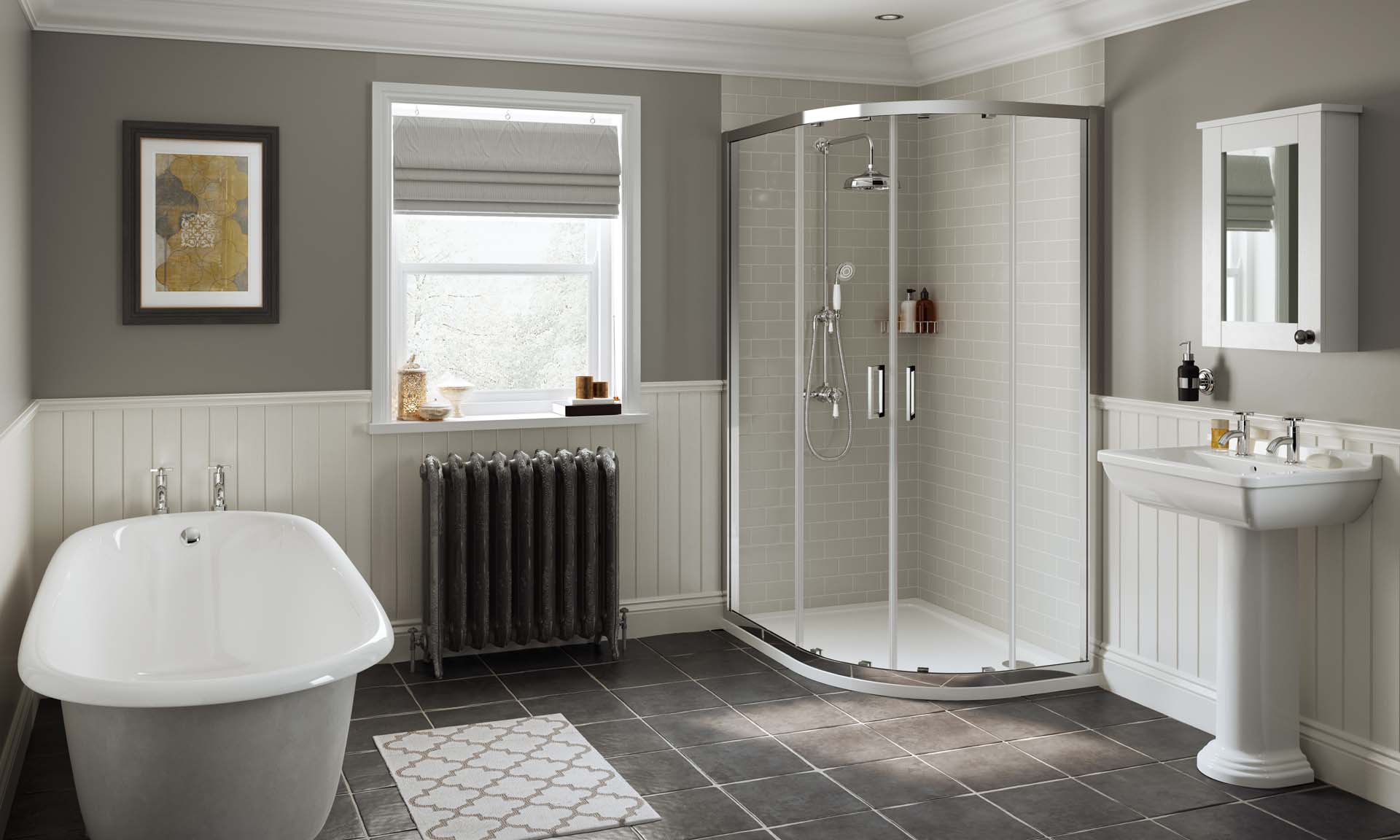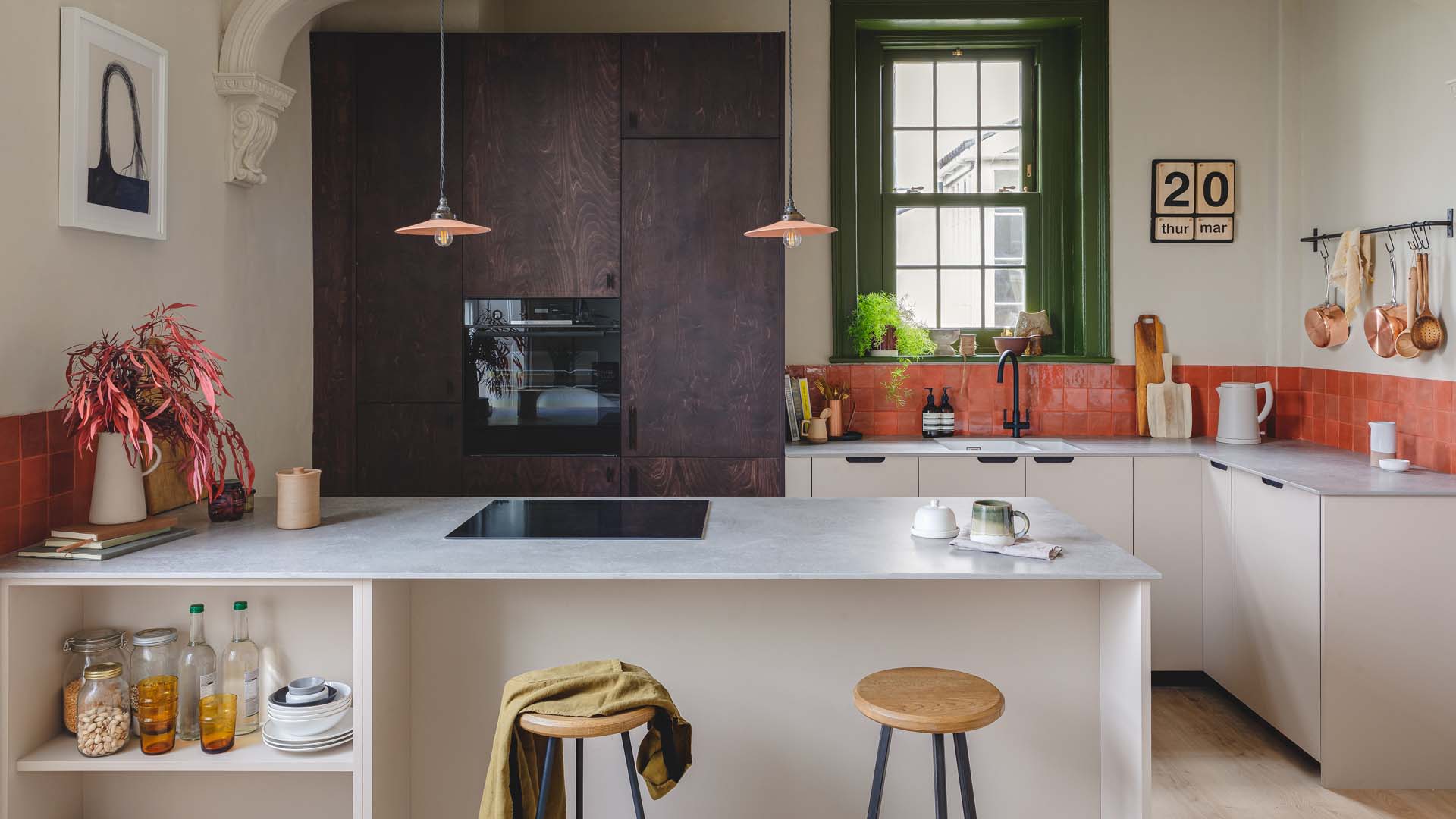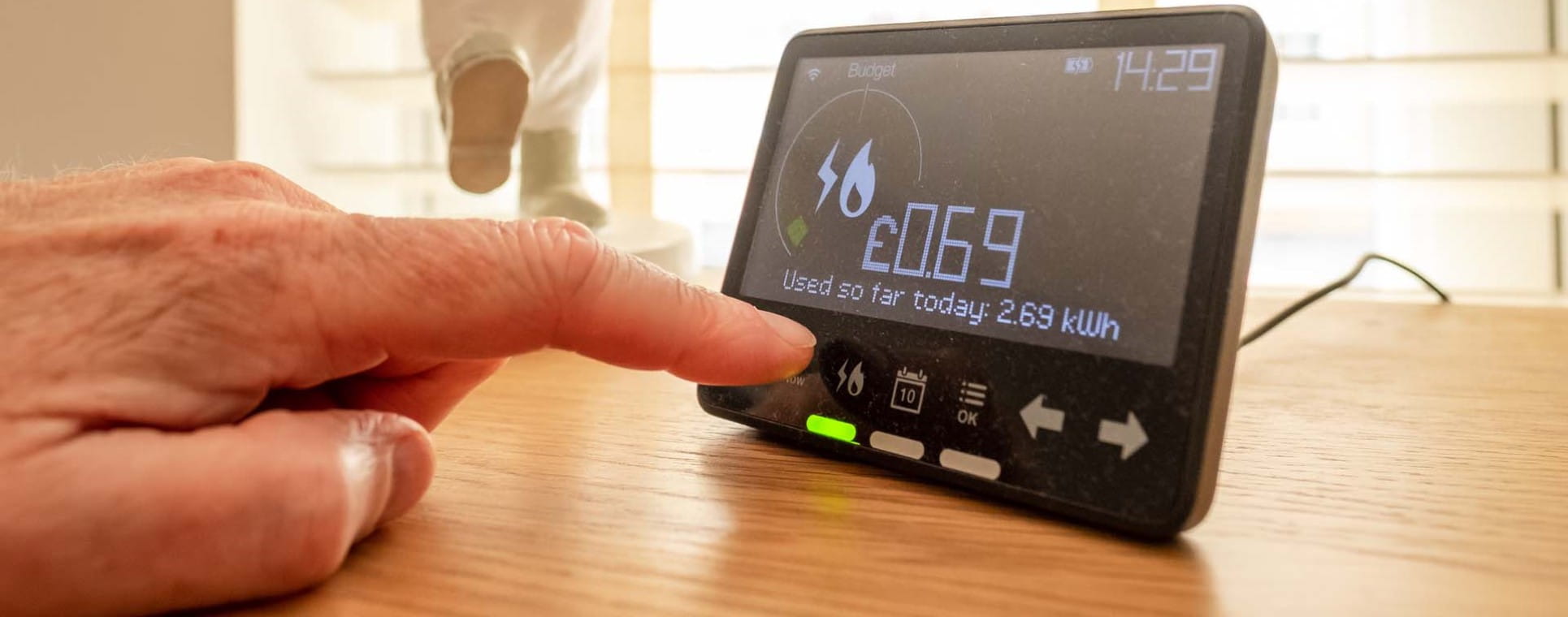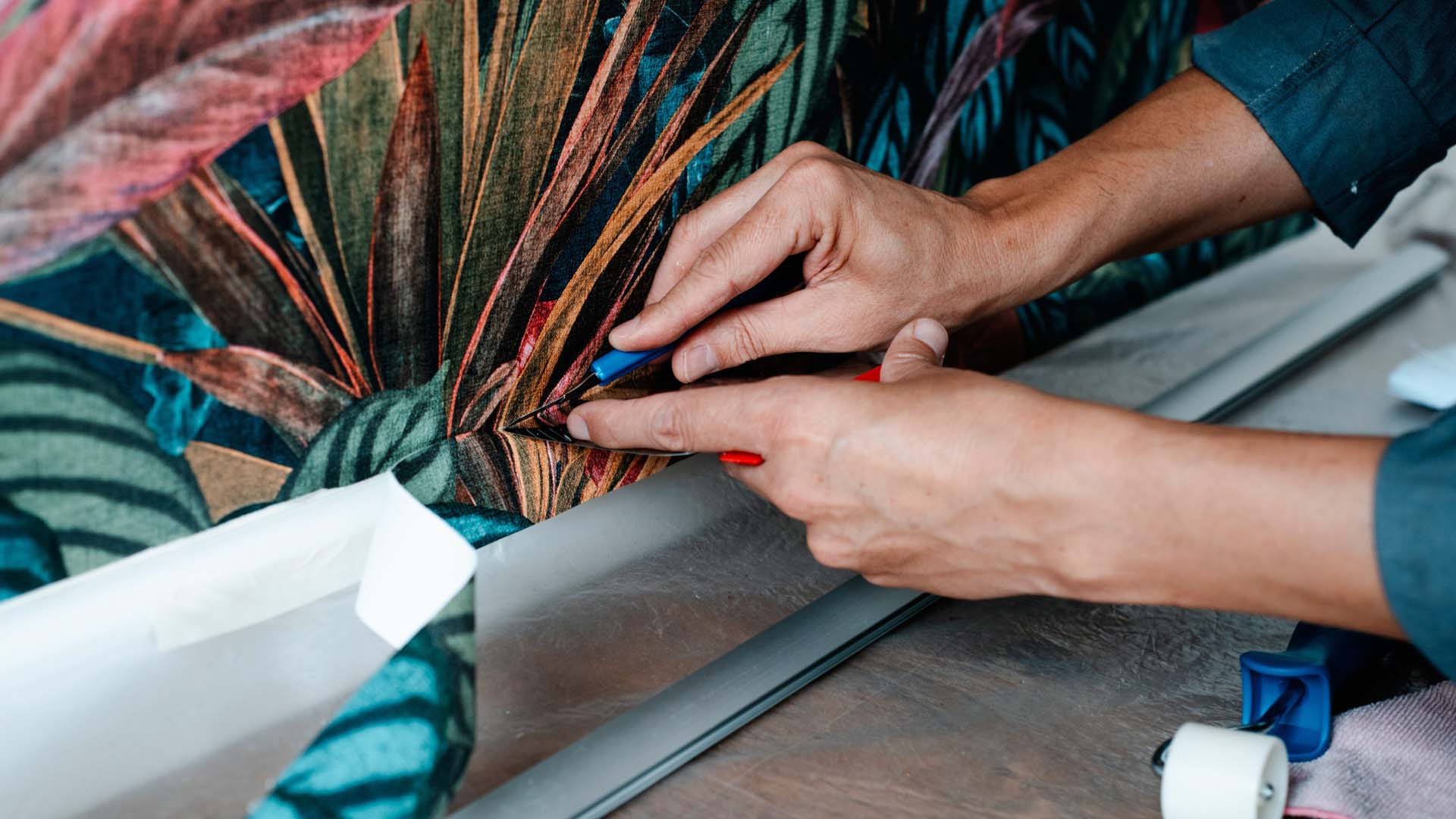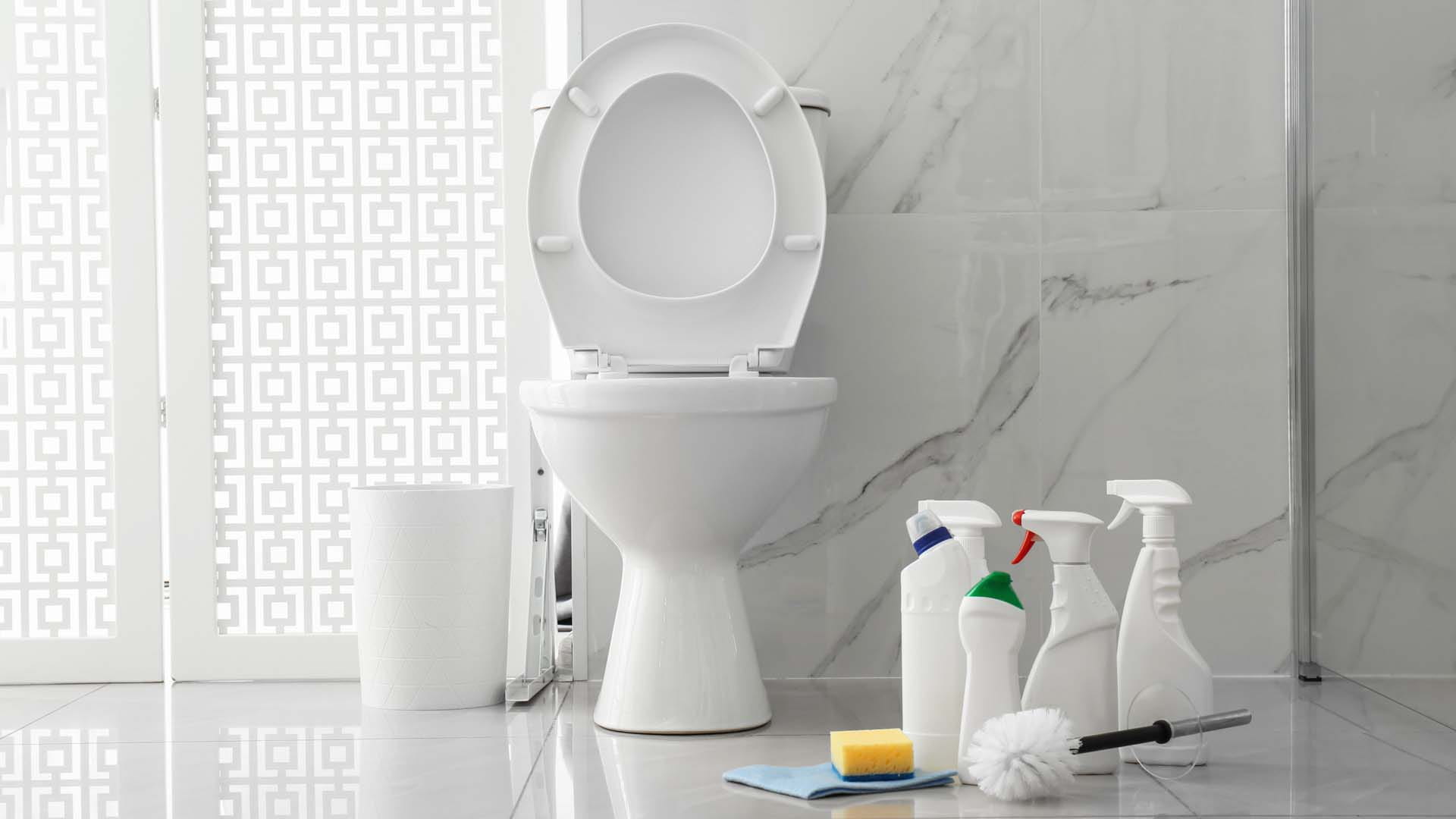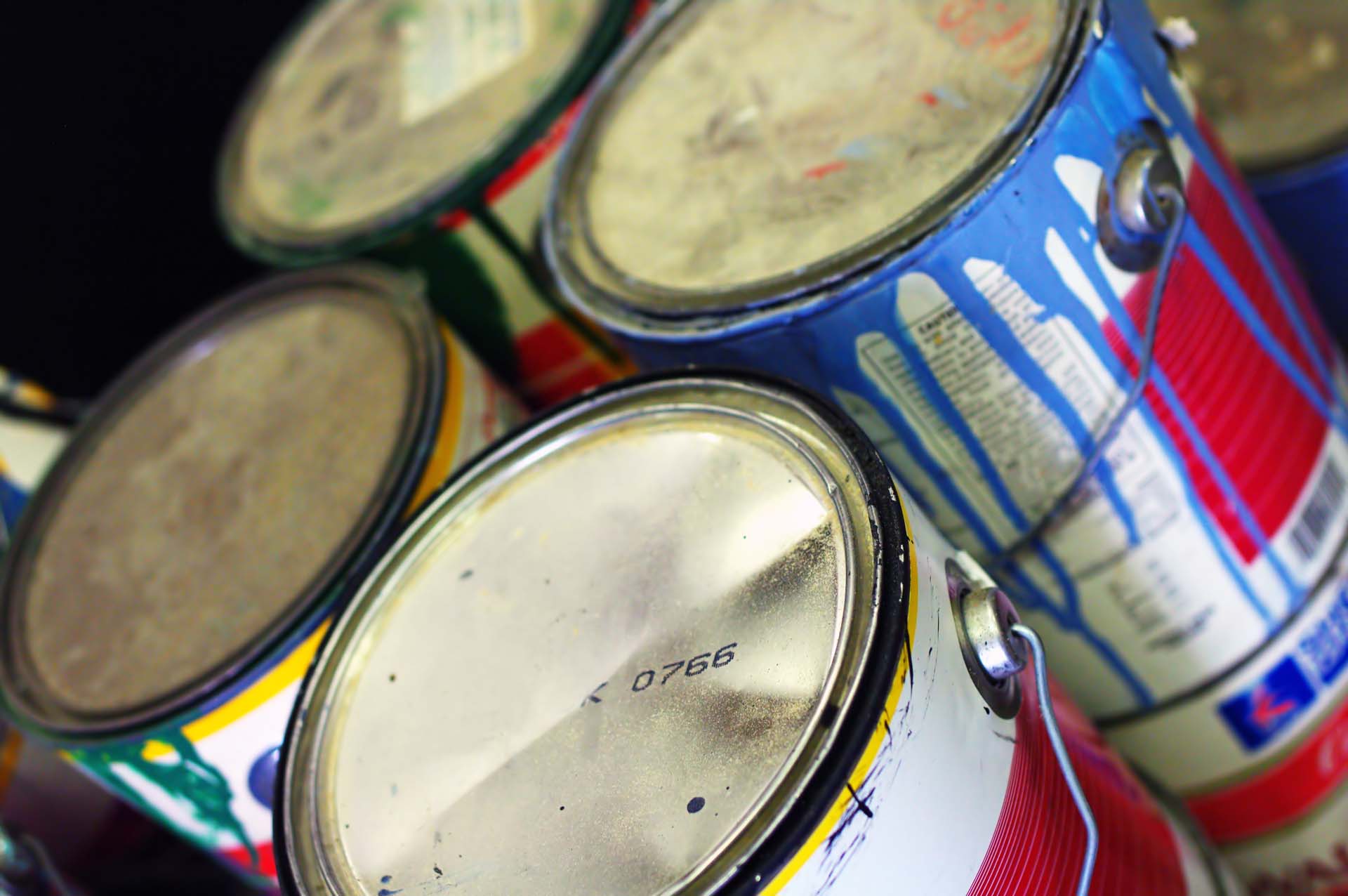
No matter how you enjoy it, the aroma of coffee is a complex and multi-faceted experience that can be both inviting and invigorating – especially first thing in the morning.
It's perhaps no surprise then, that according to the British Coffee Association, us Brits are drinking almost 98 million cups of coffee every day, with the average person spending around £530 a year on takeaway coffees.
With that in mind, the barrage of barista-style machines that can be used at home seem like a good investment. However, with so many different types of coffee maker available, it can be hard to know where to start.
Unlike a cup of tea, where the biggest decision is tea bag or leaf, when it comes to coffee, there are many different types of coffee maker to choose from.
While there are plenty of manual options to choose from such as the basic cafetière, when it comes to coffee machines with power, there are four main types to consider.
Drip (or filter), pod, bean-to-cup and espresso machines all come in at a variety of prices and are great options if you’re looking to make that first coffee machine purchase. What you’ll end up choosing depends on many factors.
Low cost and easy to use
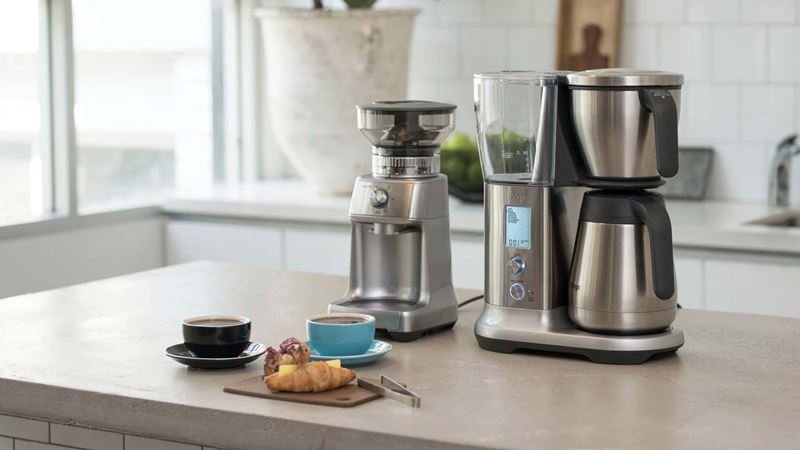
A drip coffee maker heats up water and then pours it on ground coffee, via a filter, creating a large pot of coffee.
Tom Saxon, co-founder of Batch Coffee, knows his beans when it comes to coffee. A simple drip coffee machine is his must-have.
“The biggest advantage for me is the quality of coffee that you can brew with a drip coffee filter,” he explains. “You will be able to pick out the subtle complexities in the flavour profile.”
With prices starting as low as £19, these are a great entry level coffee machine. Not only are they cheap, but they’re pretty easy to use.
“There is not a great deal that can go wrong,” says Saxon. “A drip coffee machine has a couple of steps that can be perfected but on the whole, you will be able to brew great coffee from the start.”
Saxon suggests spending as much as your budget allows on this style of coffee machine – choosing the Sage Precision Brewer (Lakeland, £269.95) as his must-have maker – as this will improve the quality of your finished cup.
“Buying a cheap drip coffee maker can sometimes produce a poor coffee as the water temperature can be too hot or cold and the brew water can pour over the grinds too quick or not quick enough,” he says.
“That’s why it’s always important to invest just that little bit more and the quality is unbeatable.”
The one big advantage of drip coffee makers is you don’t need to brew each cup individually, making them a good choice for families or gatherings. They also keep the coffee warm so it can last through a long Sunday brunch or if you have people waking up at different times.
Pros:
Cons:
Coffee at the push of a button
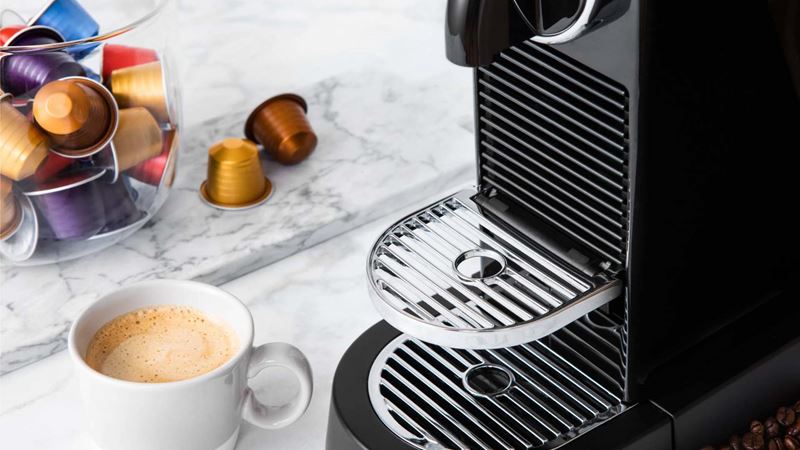
The coffee pod machine is the shortcut way to produce a cup of coffee. Simply fill up a water tank, slip in a coffee pod and press a button and within seconds, you’ll have a hot cup of coffee.
First launched by Nestle with the Nespresso in 1986, it’s fast becoming a must-have for many homes. Cost is a major element in this as they’re currently on sale for as little as £34.99. However, while you might outlay less cash initially on the machine, the pods themselves can be much more expensive.
There’s also the problem of sustainability. Tim Ridley, the founder of United Baristas, says that while pods are convenient, they’re not very eco-friendly.
“Pods are the most carbon intensive way to make coffee out of all the filter methods,” he says.
“Tasty beans and a French Press can make much tastier coffee, and the carbon footprint is significantly lower, but the convenience of pods is great.”
Lex Thornely, co-founder of Blue Goose Coffee who produces compostable, plastic-free coffee pods says the key to making good coffee in a pod machine is to choose the best quality.
“You just have to be picky about what machine you use, and the types of coffee pods you buy,” he says. “The key is quality, so don’t skimp and pick the highest quality blends you can.”
He recommends investing in an Opal One coffee pod machine (Opal, £144.99). It has advanced brewing features that come closer to replicating that barista taste.
Some pods do use instant coffee – usually those that also have powdered milk – so he advises instead choosing pods made with high-quality, freshly roasted coffee beans.
Aside from his own brand, Thornley also loves Flying Horse Organic Espresso Capsules (Flying Horse Coffee, £4.95) or Ozone Roasters Coffee Pods (Ozone Coffee, from £8.50).
Overall, coffee pod machines are great for convenience, especially if you want to make a quick cup of coffee at the touch of a button. They’re also easy to clean, which is another plus, but they may not make the most authentic cup of coffee.
Pros
Cons
Convenient with a true barista taste
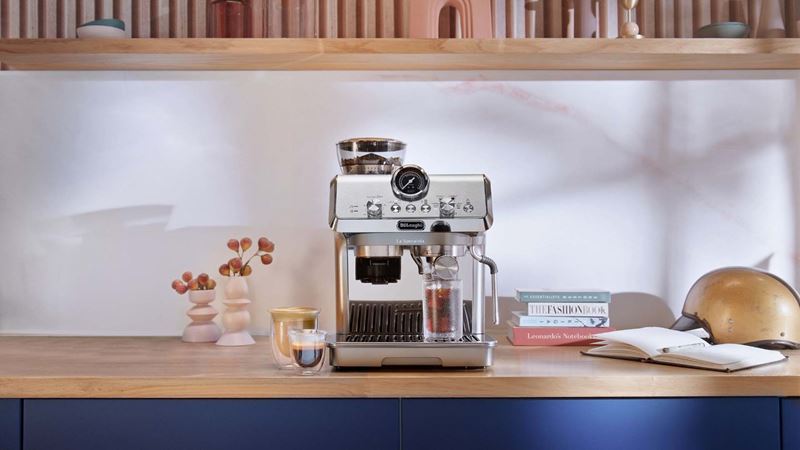
A bean-to-cup coffee machine grinds the coffee beans and immediately brews a cup of coffee. They have become increasingly popular in recent years, as they offer a convenient and easy way to make an authentic tasting cup of coffee.
A completely automatic process, all you need to do is add water and throw the coffee beans into the grinder. Then, just press a button and go.
A good step up from the coffee pod machine and yet not quite as difficult to master as a full-on espresso machine, these types of machine are quite pricey. Head roaster Andy Cross at Two Chimps Coffee says for a machine like this, it’s important to buy quality.
“Don’t go for a super, super cheap machine – it won’t last!” he says. “Ensure the machine does what you want it to do – if you only want to make Americano coffees without milk, you don’t need a machine that can steam milk. If you are looking to make milky coffees like lattes, then you need one with a quality steam wand.”
If cost is no problem, Cross recommends the Sage Barista Express (Amazon, £550).
“These are expensive but will last for years and years!” he assures. Ridley says running costs can be a bit prohibitive when it comes to this style of coffee machine, so it’s worth bearing this in mind before you take the leap.
“They are quite energy intensive,” he says. “For my money, it’s better value to invest in a good coffee grinder, such as the Niche Zero (Niche, £538.80) and brew freshly ground coffee at home.”
Pros
Cons
Takes some practice
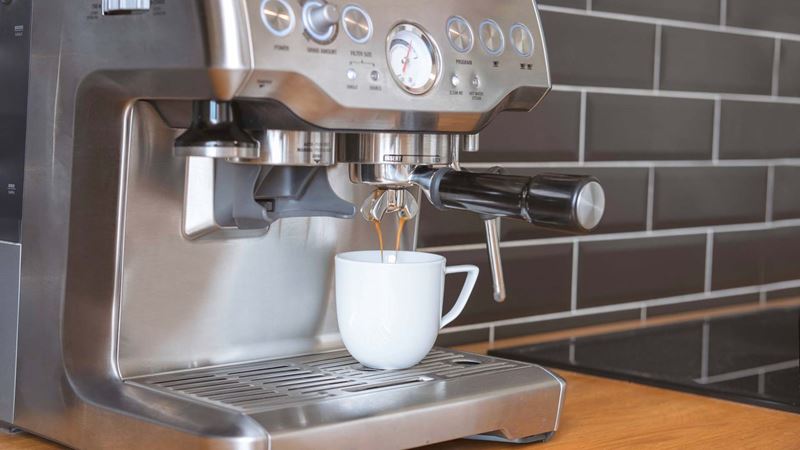
One for true coffee connoisseurs, an espresso machine, allows you to make proper barista coffee at home. Using ground coffee to make a shot of espresso, a lot of models have steam arms or milk ‘frothers’ for smooth cappuccinos or lattes.
If you’ve got the budget, James Gray, founder of roasters Barista & Co, says you can’t beat a manual espresso machine. He advises looking for a simple machine and one that will last the distance.
“We favour manual espresso machines over bean-to-cup and automatic machines as they can be serviced and repaired,” he advises. “If you look after them, they can last up to 15 years, sometimes more.”
The one downside of many espresso machines is the size; however, James says sleeker machines are more readily available now.
He recommends the Profitec Go Espresso Machine (Bella Barista, £799), which isn’t cheap, but the slimline design and ease of use makes it a great buy. Plus, it comes in lots of jazzy colours if you want to step away from boring black.
Unlike the other types of coffee maker, the espresso machine does take some practice to produce the perfect cup. Saxon says it takes a while to learn the proper skills that baristas have.
“Just be aware that it may take you a while to reach anywhere near the point of your local baristas oat flat white,” he says.
“There is a skill to extracting espresso and steaming milk. However, it’s not rocket science and as long as you’re able to dedicate a bit of time to perfecting your new trade then you will be banging out lattes in no time.”
There’s also a bit of maths involved in making the perfect brew, so Gray recommends buying some coffee scales, such as the Timemore Coffee Scales (Amazon, £44.50).
“In very basic terms you want to double the amount of coffee you get out compared to what you put in,” he explains. “If you use 10 grams of coffee, you are looking for 20 grams of espresso out with a brew time of 25 seconds.”
Pros:
Cons:
Jayne cut her online journalism teeth 24 years ago in an era when a dialling tone and slow page load were standard. During this time, she’s written about a variety of subjects and is just at home road-testing TVs as she is interviewing TV stars.
A diverse career has seen Jayne launch websites for popular magazines, collaborate with top brands, write regularly for major publications including Woman&Home, Yahoo! and The Daily Telegraph, create a podcast, and also write a tech column for Women’s Own.
